
Comprehensive assessment of safety and security in sparsely populated areas
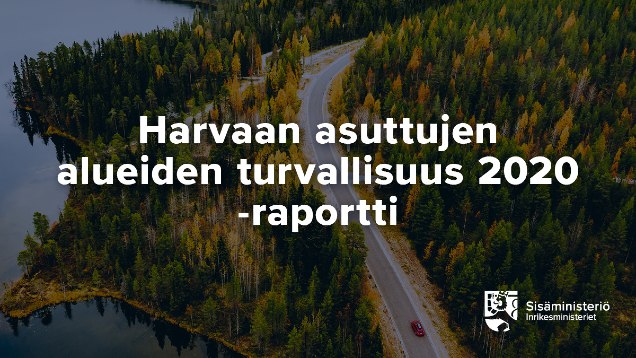
A report on safety and security in sparsely populated areas has been completed. The report brings together up-to-date information on phenomena and challenges affecting safety and security in sparsely populated areas and lists five recommended measures to increase safety and sense of security in these areas. The report has been prepared in cooperation with the Harvaturva network, coordinated by the Ministry of the Interior. The network includes a wide range of authorities, organisations and other experts.
The published report describes factors that affect safety and security in sparsely populated areas, including demographic structure, availability of basic and security services, security issues related to infrastructure, and concerns arising from the natural environment. In addition to the work of traditional security authorities, the report also examines work to promote the safety and sense of security of residents and organisations.
Challenges in availability of services and lack of resources
The dismantling of official networks and delays in obtaining assistance have raised concerns in sparsely populated areas. Increasingly, the security authority comes from a distant municipal or urban centre, and smaller localities have experienced difficult in recruiting professional personnel for police and rescue positions.
Financial limitations are reflected not only in the availability of local services and the ageing of available equipment, but also in infrastructure maintenance. Challenges are also presented by inadequate digital networks and mobile network blindspots. With increased multilocational work and seasonal housing, planning and dimensioning services is particularly challenging.
“The Government Programme emphasises the importance of the presence and visibility of the authorities in areas where the level of service is weakest. Securing sufficient resources and maintaining trust in the authorities with help to ensure a strong sense of security throughout the country,” says Interior Minister Maria Ohisalo.
The report recommends securing sufficient resources for sparsely populated areas, and the need applies to all authorities. In addition to the resources of the authorities, capabilities of other organisations must also be ensured. There are also challenges related to the continuity of contract fire brigade activities, in the form of a decrease in the number of firefighters, ageing and the recruitment of members.
Incident preparedness of people in sparsely populated areas is high
Doing things together creates vitality in sparsely populated areas and there is a long history of cooperation in most areas.
“Those in the weakest position do not necessarily have the same social networks that create security as those in a better position. That is why we must ensure that public services are also effective in sparsely populated areas, so that no-one’s security and well-being is dependent on informal assistance alone,” says Minister Ohisalo.
A sense of security is undermined, however, by social problems as well as social and geographical isolation, for example. Promoting the safety and security of people in sparsely populated areas requires close cooperation between local people, the authorities and other actors.
The report recommends building up the capabilities of residents and tourists in sparsely populated areas to ensure that their common safety and security are increased further. For example, there is a need and demand for free safety training in sparsely populated areas.
The report also recommends strengthening the communal safety activities of villages by establishing village rescue teams. Rescue team activities can contribute to strengthening neighbourly help and the capabilities of teams. A ready-made concept that can be disseminated as a national operating model will help launch the activities.
Safety and security in sparsely populated areas will be monitored
The Harvaturva network has previously prepared, in 2009 and 2014, reports on safety and security in sparsely populated areas as well as recommendations for improving safety and security in these areas. Earlier recommendations related to, among other things, strengthening the independent preparedness of the residents of sparsely populated areas and to increasing and improving cooperation between authorities and organisations.
The recommendations have been implemented well. Monitoring has shown that, from a broad perspective, the assessment of the safety and security situation in sparsely populated areas has contributed to work maintaining safety and security in these areas.
Inquiries:
Jari Lepistö, Senior Officer for Rescue Services, tel. +358 295 488 218, jari.lepisto@intermin.fi
Uusimmat
 Tiedote
Tiedote
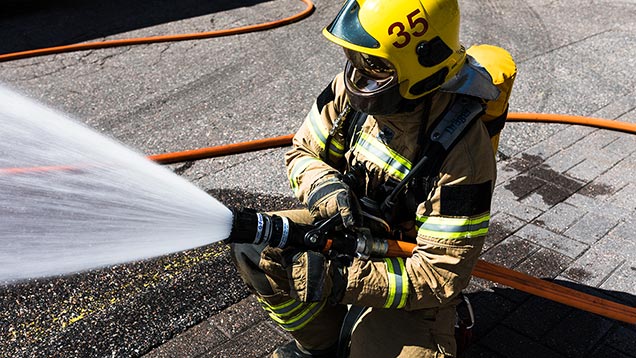 Tiedote
Tiedote
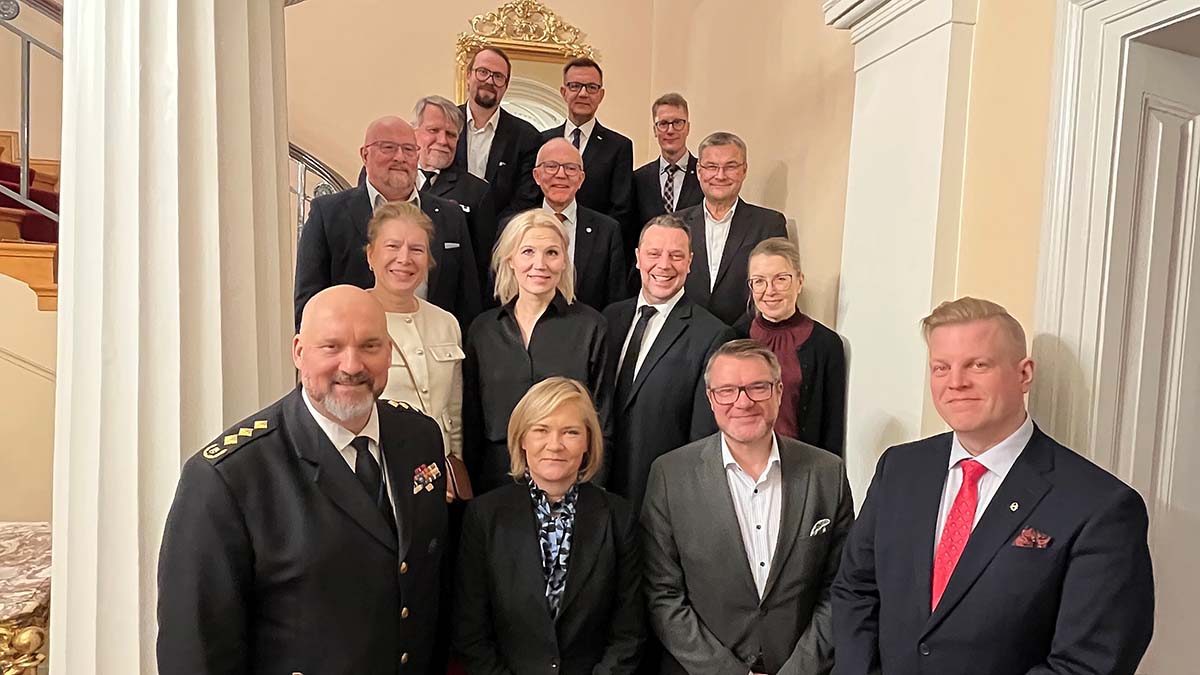 Tiedote
Tiedote
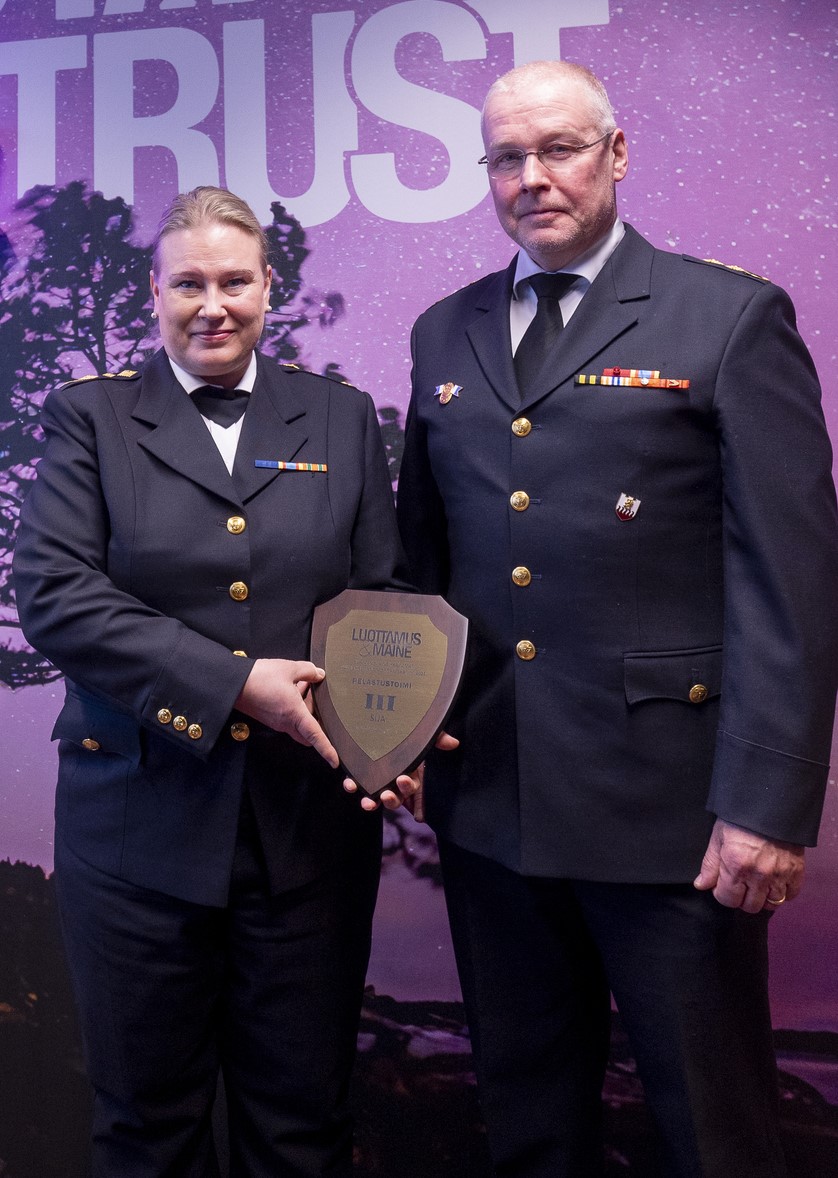 Tiedote
Tiedote
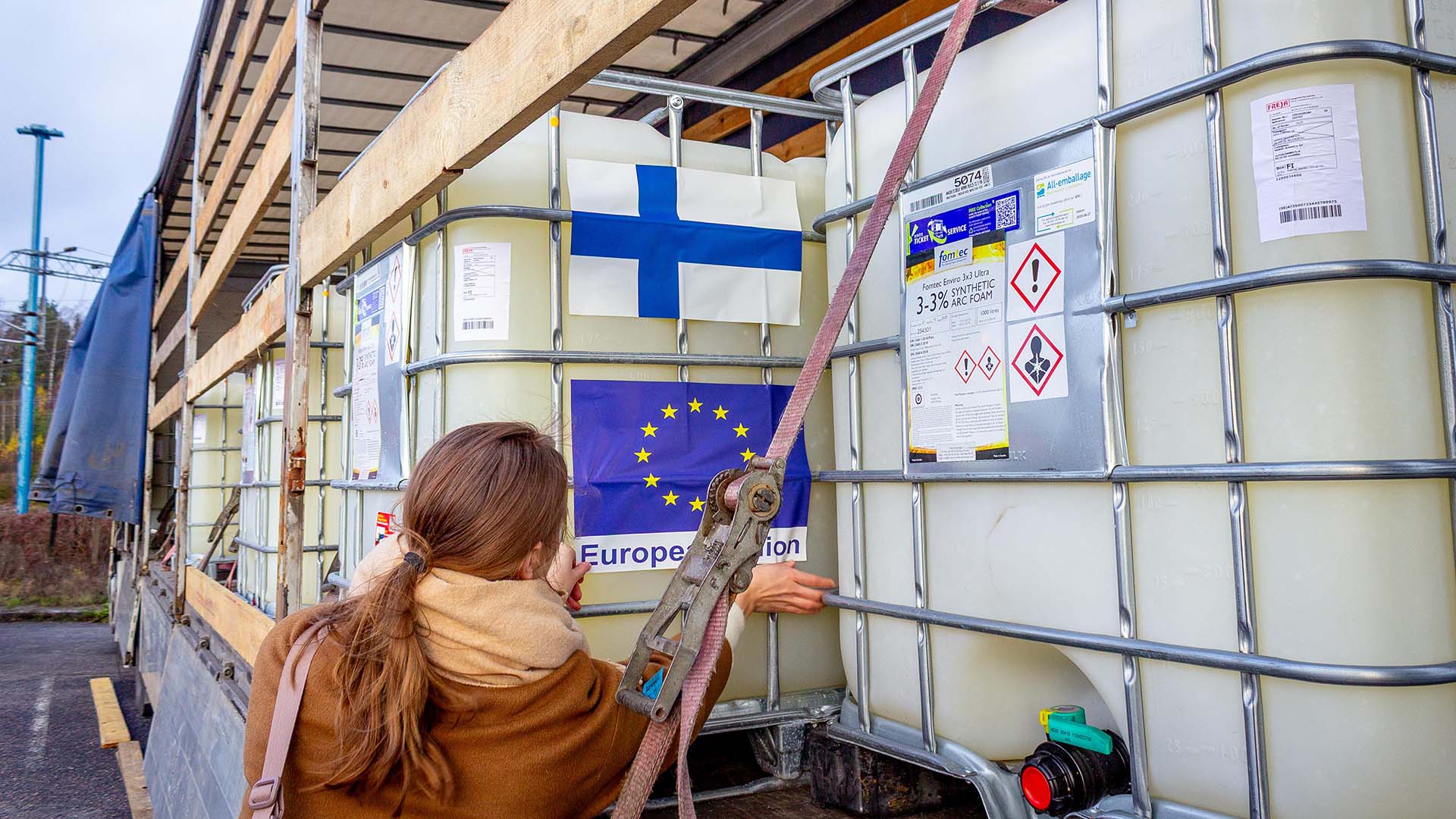 Tiedote
Tiedote


